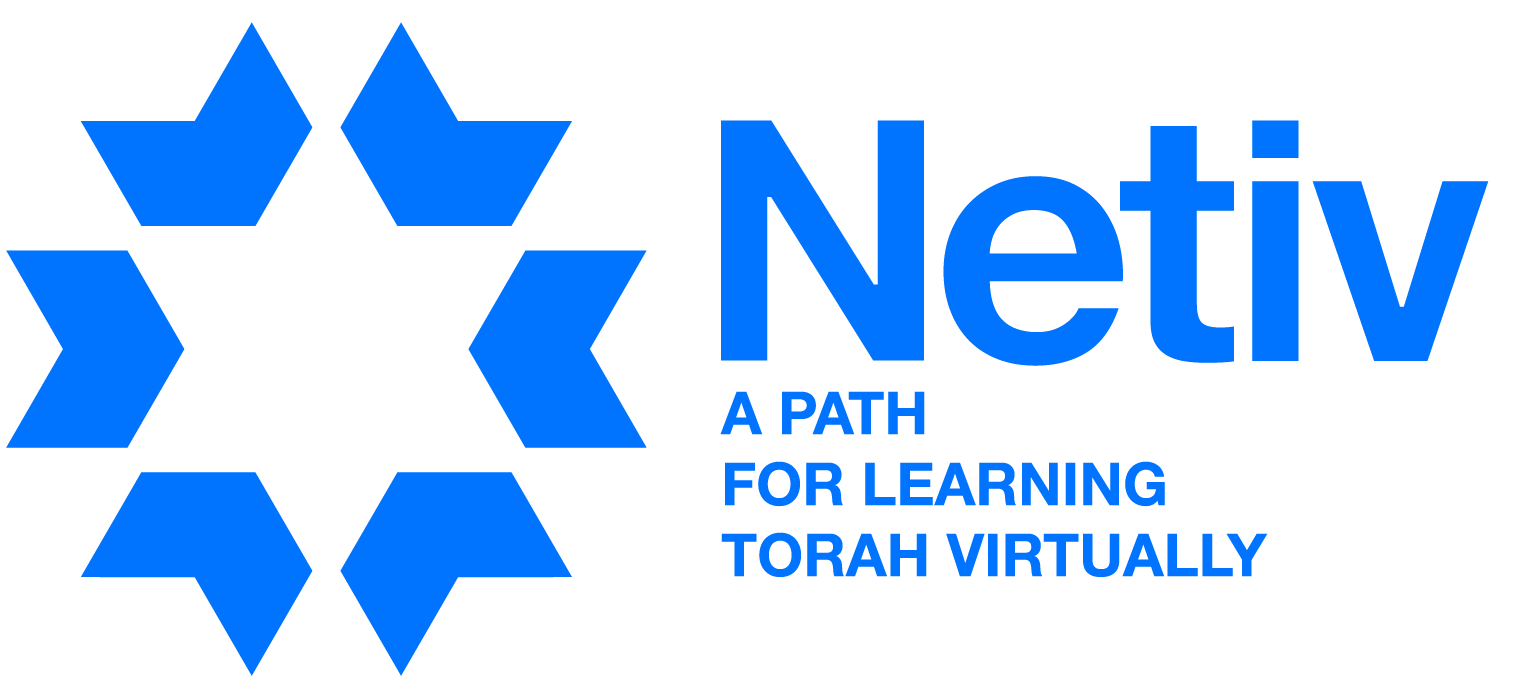Re’eh: Rabbi Dovid Goldstein
Our guest Teacher Rabbi Dovid Goldstein Rabbi from West Houston Chabad shares commentary on the portion Re’eh, (רְאֵה — Hebrew for “see”, the first word in the parashah) is the 47th weekly Torah portion (פָּרָשָׁה, parashah) in the annual Jewish cycle of Torah readingand the fourth in the book of Deuteronomy. It constitutes Deuteronomy 11:26–16:17. The parashah is the longest weekly Torah portion in the book of Deuteronomy (although not in the Torah), and is made up of 7,442 Hebrew letters, 1,932 Hebrew words, and 126 verses, and can occupy about 258 lines in a Torah Scroll (סֵפֶר תּוֹרָה, Sefer Torah).
Jews generally read it in August or early September. Jews read part of the parashah, Deuteronomy 15:19–16:17, which addresses the Three Pilgrim Festivals (Shalosh Regalim), as the initial Torah reading on the eighth day of Passover when it falls on a weekday and on the second day of Shavuot when it falls on a weekday. And Jews read a larger selection from the same part of the parashah, Deuteronomy 14:22–16:17, as the initial Torah reading on the eighth day of Passover when it falls on a Sabbath, on the second day of Shavuot when it falls on a Sabbath, and on Shemini Atzeret.
In the parashah, Moses set before the Israelites the choice between blessing and curse. Moses instructed the Israelites in the laws that they were to observe, including the law of a single, centralized place of worship. Moses warned against following other gods and their prophets. And Moses set forth laws of kashrut, tithes, the Sabbatical year, the Hebrew slave, firstborn animals, and the Three Pilgrim Festivals.








